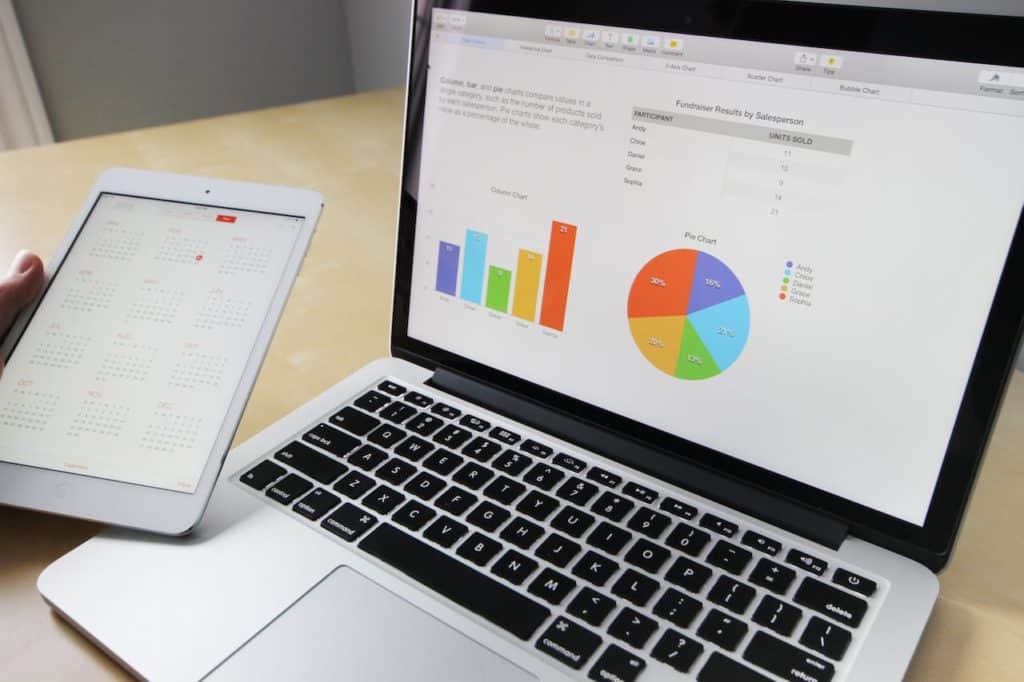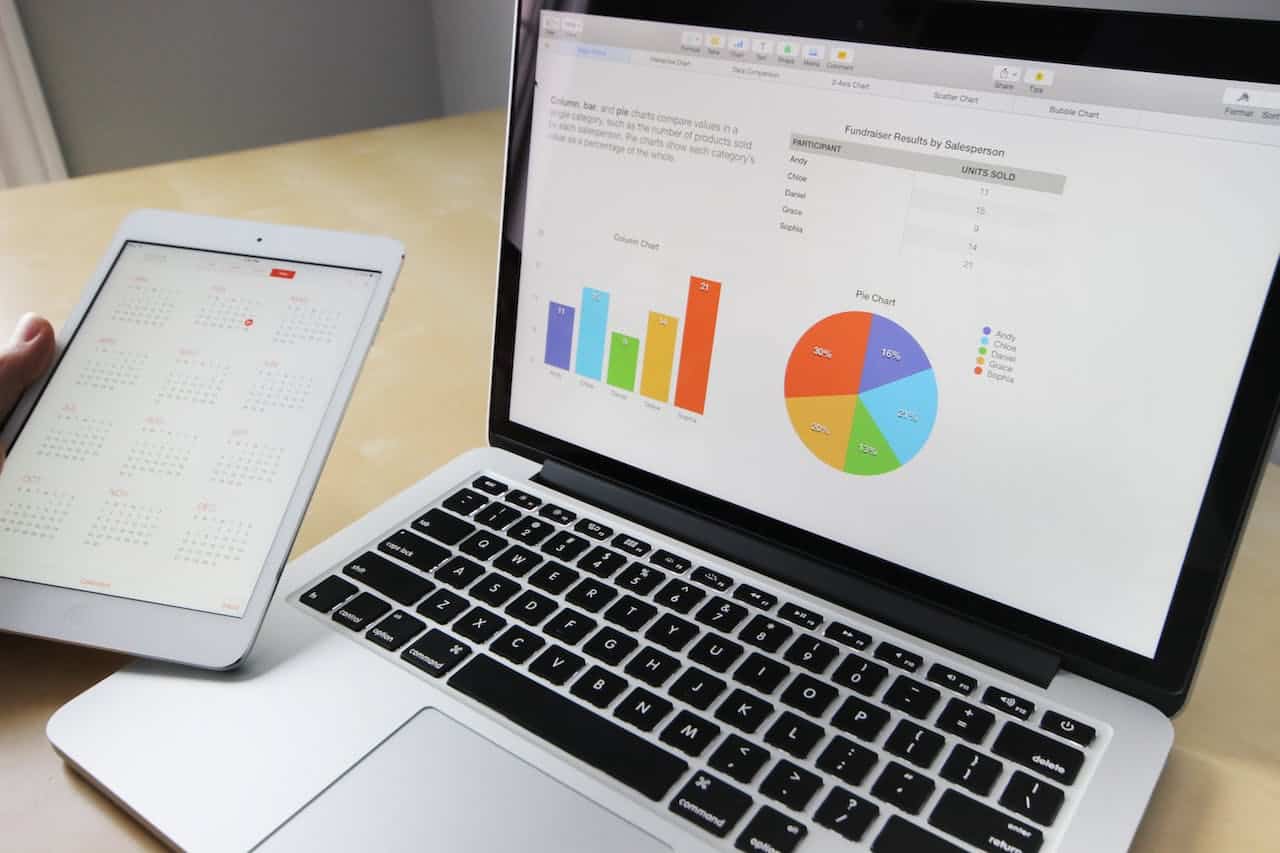Brand performance refers to the evaluation of a brand’s success, as measured by various criteria such as market share, brand awareness, and profitability. It boils down to how well the brand is perceived and how it’s contributing to the business objectives.
Analyzing brand performance is essential in clarifying the brand’s strengths and weaknesses, offering valuable insights for improving strategies and boosting profitability. It provides an in-depth understanding of a brand’s standing in the market, competitive position, and customer perception.
Importance of Brand Performance for Startups
For startups, understanding brand performance is paramount. Given the highly competitive market environment, a startup needs to establish a strong brand to differentiate itself, attract customers, and thereby gain a competitive advantage.
A well-performing brand adds value to a startup by boosting customer loyalty, driving business growth, and attracting potential investors. Measuring brand performance enables startups to understand their market position, assess the effectiveness of their brand strategies, and take corrective action if needed.
The Concept of Brand Performance Measurement
Defining Brand Performance Measurement
Brand performance measurement, at its core, is the systematic approach to monitoring and evaluating key metrics that shed light on a brand’s potency and effectiveness in the marketplace. By engaging in this process, businesses can gather vital insights into how their branding endeavors and specific strategies influence not just brand perception but also tangible aspects like business expansion and profit generation.
Components of Brand Performance
When talking about brand performance, it’s essential to understand its main pillars. These are brand awareness, brand equity, customer satisfaction, and brand loyalty. Each of these facets paints a picture of a brand’s overall health, vitality, and its standing in consumers’ minds. They serve as a mirror reflecting how customers perceive, interact with, and feel about a brand in various scenarios.
Difference between Brand Performance and Brand Equity
Navigating the world of brand management means understanding the nuances between brand performance and brand equity. While both are pivotal, they cater to different dimensions. Brand Performance encapsulates the holistic impact of a brand on its business, from financial metrics to customer relations. Brand Equity, conversely, hones in on the value a brand brings to the table due to positive customer perceptions. It’s about the intangibles – the emotions, associations, and loyalties that a brand evokes.

How do Startups Track and Measure Brand Performance
Online Tools for Measuring Brand Performance
In our modern, interconnected era, online tools that measure brand performance are indispensable. They’re robust, offering instant feedback, in-depth analytics, and a pulse on consumer sentiment. From keeping an eye on brand mentions via social media monitoring tools, diving deep into web traffic with Google Analytics, to leveraging specialized brand tracking software, these digital solutions empower businesses to navigate the virtual brand landscape efficiently.
Offline Methods for Tracking Brand Performance
While the digital realm offers immediacy, offline techniques provide a rich tapestry of insights. Traditional methods like customer surveys, one-on-one interviews, focus group discussions, and broad-spectrum market research might require more legwork, but they yield invaluable feedback. They provide a nuanced view, capturing the essence of customer sentiments, perceptions, and the underlying reasons for their brand preferences.
Comparison of Different Tools and Techniques
It’s a digital vs. traditional debate when it comes to brand performance tools. Online instruments bring speed, real-time feedback, and a wealth of quantitative data. In contrast, offline approaches delve deeper, offering a qualitative, human touch to insights. For a brand that truly wishes to excel, the magic lies in marrying both worlds, creating a balanced, all-encompassing strategy to decode brand performance.
Key Metrics to Measure Brand Performance for Startups
Awareness Metrics: Brand Recognition, Recall, and Visibility
For any startup, creating a brand identity that resonates is paramount. Brand awareness serves as a litmus test for this. By evaluating brand recognition (how readily consumers can identify your brand), recall (how quickly they remember it), and overall visibility, startups can gauge the initial success of their branding strategies in capturing audience attention.
Health Metrics: Customer Satisfaction, Loyalty, and Advocacy
At the heart of any brand lies its relationship with its customers. Health metrics act as indicators of this relationship’s vitality. By assessing customer satisfaction levels, understanding the depth of their loyalty, and tracking how fervently they champion the brand to others, startups can gain insights into their brand’s emotional equity.
Equity Metrics: Premium Pricing, Market Share, and Profit Margins
The financial viability of a startup’s brand can be deciphered through equity metrics. These metrics, including the ability to set premium pricing due to brand strength, capturing significant market share, and achieving favorable profit margins, showcase the tangible fiscal benefits a strong brand can bring to the table.
Actions Metrics: Conversions, Downloads, and Social Engagement
A brand’s effectiveness in nudging customer action is captured through action metrics. Be it driving conversions such as actual sales, prompting downloads of branded materials, or stirring lively interactions on social media platforms, these metrics shine a light on a brand’s potency in stimulating customer engagement and actions.
Case Studies on Successful Brand Performance Measurement
Examples of Successful Startups Measuring Brand Performance
A myriad of startups has realized remarkable growth by adeptly measuring their brand performance. Dropbox, for example, serves as a prominent illustration. As a file hosting service in its nascent stages, Dropbox engaged in rigorous brand tracking. This strategic approach enabled them to pinpoint which marketing strategies were most efficacious, leading to impressive growth rates and heightened brand advocacy. Another example is Airbnb, which meticulously measured its brand perception and awareness in different markets, allowing them to tailor their marketing efforts effectively and enhance global presence. These examples showcase how startups, by focusing on detailed brand performance metrics, can glean insights that drive marketing efficiency and business growth.
Lessons Learned from these Case Studies
Delving into these case studies reveals vital lessons about the role of continuous brand performance measurement in the success of startups. They illuminate the significance of not only implementing branding initiatives but also closely monitoring their impact. Adjusting marketing strategies in response to this ongoing performance analysis is key to enhancing brand visibility, customer engagement, and overall business growth. These cases also illustrate how startups can effectively allocate resources to the most impactful branding activities, thereby maximizing their return on investment in marketing efforts.

Challenges and Solutions in Measuring Brand Performance
Common Challenges Startups Face while Tracking Brand Performance
Startups embarking on the journey of brand performance tracking often encounter a host of challenges. These include constraints like limited financial and human resources, a gap in specialized expertise for data analysis, and uncertainty in choosing the most relevant metrics for their specific brand. Additionally, they may struggle with gathering comprehensive data and making sense of it in a way that informs actionable business strategies. These hurdles can make it difficult for startups to obtain a clear, comprehensive view of their brand’s impact in the market.
Proven Solutions and Approaches to these Challenges
To navigate these challenges, startups can explore a variety of solutions. Leveraging external expertise through consultancy services or partnerships can provide the necessary skill set and insights into effective brand measurement. Investing in cost-effective and user-friendly brand tracking tools can also be a game-changer, making it possible for startups to analyze their brand performance with greater precision and less financial strain. Establishing clear brand objectives from the outset is crucial. By doing so, startups can more effectively select and focus on key performance indicators (KPIs) that align with their strategic goals. In addition, adopting a flexible approach to brand performance measurement – one that allows for regular reviews and adjustments in tactics based on evolving market conditions and emerging data trends – can significantly enhance a startup’s ability to respond dynamically to market challenges.
Strategies on Improving Brand Performance
Importance of Regular Monitoring and Tweaking
In the realm of branding, constant vigilance is not just a luxury but a necessity. Consistent oversight of a brand’s performance helps to understand its trajectory, charting both its highs and lows. This monitoring becomes the basis for making well-informed adjustments. By understanding the dynamics of the market, customer feedback, and shifts in brand perception, businesses can make iterative changes to their strategies. This approach not only ensures that the brand stays relevant but also ensures that it continues to resonate with its target audience, ultimately leading to sustained brand equity and loyalty.
Role of Brand Audit in Increasing performance
A brand audit, by definition, is a comprehensive and critical examination of a brand’s current standing in the market compared to its competitors. Think of it as a health check-up for the brand. Through this process, companies can get a clear view of their brand’s strengths and areas where they might be lagging. By shedding light on gaps, misalignments, and opportunities, brand audits offer a blueprint for brand rejuvenation. These audits serve as a roadmap, guiding brands toward areas of improvement, ensuring that they continue to grow and adapt in an ever-evolving market landscape.
How Startups can Leverage Data to Improve Brand Performance
In the modern age, data has become an invaluable commodity for businesses, especially startups looking to make their mark. Through comprehensive data collection and analysis, startups can gain a deep understanding of various facets – be it customer sentiment, prevailing market dynamics, or the strategies employed by competitors. By analyzing this treasure trove of data, startups can uncover patterns and trends, making them better equipped to craft branding strategies that resonate. Such insights empower them to make proactive decisions, positioning them favorably in their respective markets and ensuring their branding efforts yield maximum ROI.

Future of Brand Performance Measurement
Impact of Technology on Brand Performance Measurement
The rapid advancement of technology, particularly in the spheres of Artificial Intelligence (AI) and Machine Learning (ML), is set to bring paradigm shifts in how brand performance is gauged. These technologies, known for their predictive prowess, can sift through vast datasets in real-time, offering insights that were previously unimaginable. With predictive analytics powered by AI, brands can foresee potential fluctuations in their performance, enabling them to strategize and adapt well in advance. This proactive approach, made possible by cutting-edge technology, ensures that brands remain agile, adaptive, and ahead of the curve.
Predicted Trends in Brand Performance Measurement
As we gaze into the future, several emerging trends in brand performance measurement become evident. One significant shift is the growing emphasis on customer-centric metrics. Brands are realizing the importance of seeing their performance through the lens of the customer experience. Furthermore, as the lines between the online and offline worlds blur, integrated tracking methods that provide a holistic view of brand interactions across all touchpoints will become indispensable. Lastly, the incorporation of big data techniques will enable brands to delve deeper, extracting insights that are both intricate and impactful. All these advancements point towards a future where brand performance measurement is more refined, accurate, and insightful than ever before.
